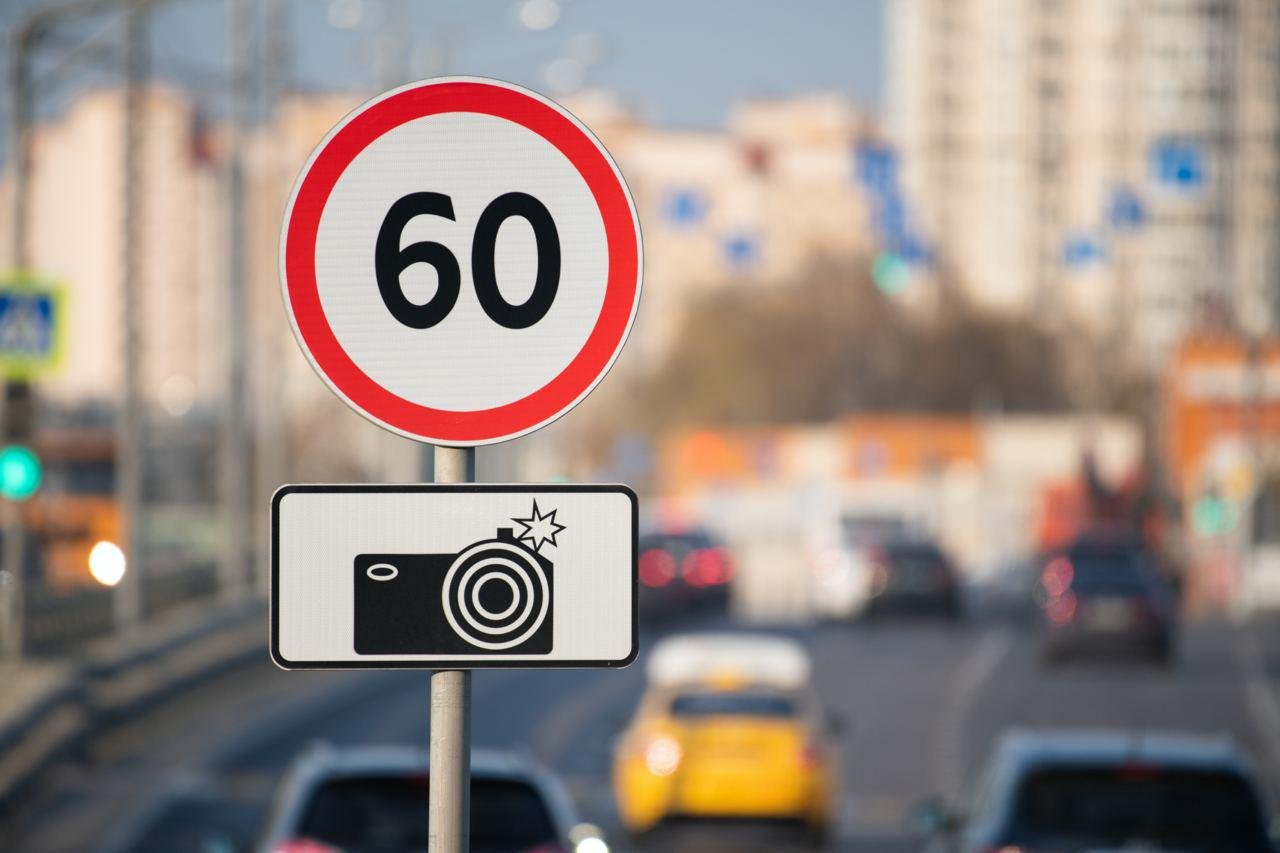The Institute of Forecasting and Macroeconomic Research presented to Kun.uz the analysis of the impact of the reduction of the maximum speed set in cities on the condition of the road (average speed of traffic) and the level of death on the roads.
The study, which collected and analyzed data from 140 countries, came to the following conclusions:
• reducing the maximum speed in cities by 10 km/h would help reduce the death rate by 0.8 people per year (per 100,000 people). This means saving the lives of 614 people in Uzbekistan;
• the peak speed has no significant effect on the average movement speed. The main factor affecting speed and travel time is the quality of road infrastructure, speed limits will only have a positive effect if traffic rules are improved and the infrastructure is in place;
• a 1-point increase in the Rule of Law score can reduce road deaths by 3.3 people (per 100,000 people) each year.
• the proportion of serious injuries in low-speed traffic accidents is reduced. Road traffic injury costs are approximately 1% of GDP in low-income countries, 1.5% in middle-income countries, and 2% in high-income countries.
According to the World Health Organization, 1.3 million people die and 20-50 million are injured in traffic accidents every year. According to the study “Investing in Road Safety: A Global Private Sector Commitment”, accidents cost the global economy $518 billion a year.
It should be recalled that the Special Republican Commission for ensuring road traffic safety in the Republic of Karakalpakstan, the city of Tashkent and some regions set the maximum speed of vehicles at 60 km/h. Previously, this norm was 70 km/h.






